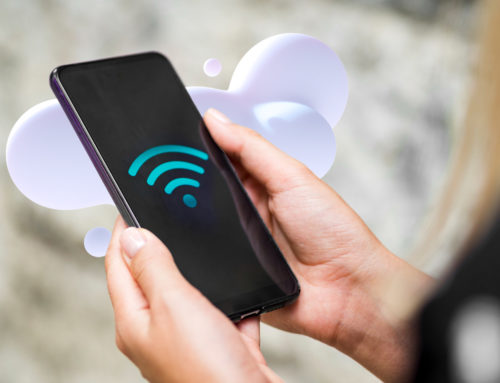You’ve probably heard of Li-Fi, the technology that aims to replace Wi-Fi, something that is quite possible and has been the talk of the town for the last 10 years or so, and could soon change the way we connect to the Internet, for something much better and faster.
The first time the term LiFi was heard, at least in public environments, was from the mouth of engineer Harald Haas at the 2011 TED Conference on visible light communication. Since then a lot of information has emerged and since 2015 many prototypes have been appearing on the market. So much so that Wi-Fi as we know it is under threat. To supplant it with a faster technology and cheaper devices.
Advantages of LiFi connectivity
Li-Fi technology can offer many advantages to users. Starting with the fact that it is a much more stable connection, without interference and is also quite secure.
Less interference
It should be noted that LiFi connectivity uses the full spectrum of light to send the data signal, which is picked up by its receiver. This reduces the interference and signal failures that normally occur with Wi-Fi to a very low range.
Normally, the Wi-Fi signal can manage to transmit over a certain distance and as you move further away or obstacles such as walls appear, the signal is weaker and therefore your speed also decreases. With LiFi, the receiver has the ability to interpret the data with the same fidelity in any of the spectrums between infrared and ultraviolet, ensuring that the wireless network does not fail.
Better bandwidth
Another drawback of Wi-Fi, which is a point of advantage for LiFi, is that the former uses only two frequencies to transmit signal, which are the 2.4 GHz and 5 GHz bands. This collapses all established connections between these two alternatives.
In LiFi, by using as much spectrum as possible, the connections are spread out, allowing you to use a better bandwidth, within a frequency that is not overcrowded. This technology allows many different wavelengths to be transmitted. So it all depends on the receiver chosen to pick up the correct wavelength for the distance to be travelled.
Increased security
Security is another strong point of LiFi. A Wi-Fi network can be breached even if you are not in the same room, the attacker can break the password, just by having access to the signal regardless of the distance; but with LiFi it works differently. Because whoever intends to use the network must have physical access to the light with the receiving device in order to connect.
This is an advantage especially for the data security segment, as it would make it almost impossible to connect to a data network outside the physical space. It would no longer be sufficient to obtain credentials, but would have to be located in a place with access to the light of that network. An alternative that could save a lot of headaches for technology companies and organisations.
LiFi in homes?
Certainly, LiFi is still a long way from being the Internet of the home. In fact, the developments that are known so far, e.g. Signify’s Trulifi bulbs, are intended for open use places such as hospitals, airports and large offices.
Another niche for LiFi could be in aeroplanes, because airlines are interested in the fact that this technology does not interfere with radio frequencies. It could be a way to have internet on board, without affecting the operability of the aircraft.
French firm Oledcomm has also designed several lamps, bulbs, dongles and even a home kit with router, table lamp and receiver that offer download speeds of up to 100 Mbps, which for now is an excellent first step.





